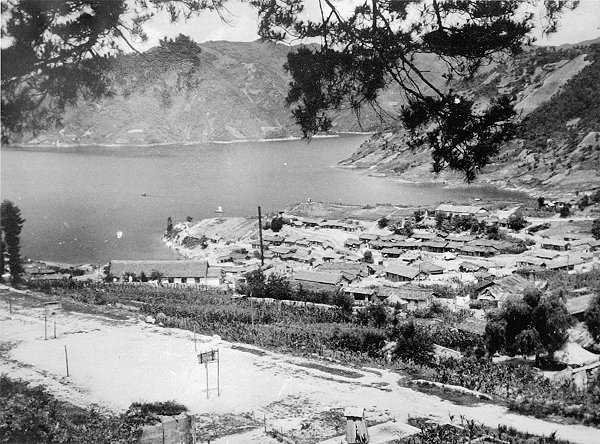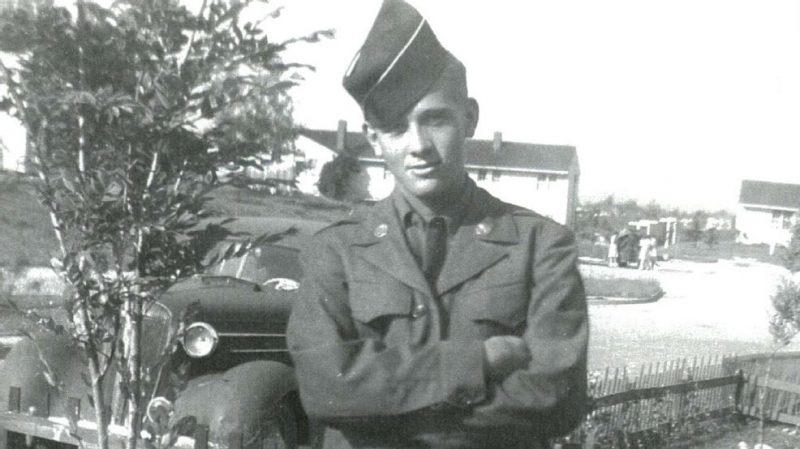Army Sgt. Harold Sparks began his military career in 1946 at former Nazi concentration camps in Germany. In November of 1950, at 21 years of age, he became a prisoner of war during the Chinese counterattack following the Battle of Unsan in North Korea.
The town of Unsan is surrounded by hills and rivers and there are only two access points. UN and Republic of Korea forces were attempting to take this town when they realized they underestimated the enemy. The Chinese People’s Volunteer Army were hiding in the hills ready to attack.
Sparks was assigned to the 3rd battalion of the 8th Calvary regiment. His battalion, along with the 2nd, were defending the western side of Unsan near the Nammyon River. There was a wide gap between these two and the 1st battalion, a gap taken advantage of by the PVA. After attacking the 1st and 2nd battalions, the PVA put road blocks behind the calvary and hemming them in.
Sparks and his fellow soldiers of the 3rd battalion were unaware of all that was going on and had been left alone until 3 a.m. when they were awakened by Chinese commandos dressed as Republic of Korea soldiers. The third battalion was unable to defend itself and were eventually fully surrounded by the PVA.
The US 5th Calvary made an intense effort to rescue them, but when they had lost close to 350 men, Major General Hobart Gay commanded them to withdraw. The trapped 3rd battalion, even though surrounded by PVA and infiltrated by the Chinese, continued to be attacked for three more days. Two hundred surviving soldiers eventually broke through the line, but Sparks was not among them.
At this point in the war, Korea did not have any dedicated POW camps. Sparks, along with 700 other POWs was moved by death march to a valley by the Yalu River. During the march, 130 of the 700 men died. Sparks made it.
The temporary camp set up in the valley eventually held 1000 people. Before the permanent camp was set up, 500-700 of them had perished from untreated wounds, malnutrition, and exposure. This camp would eventually become POW Camp 5.
Back home, Sgt. Sparks had been declared MIA. When the Korean People’s Army issued a POW list in 1951, Spark’s name was not listed and so his status was changed to deceased.
Two years later, during Operation Big Switch, the return of POWs from the Korean war, five soldiers reported that Sparks had died later at the POW Camp 5.

Because he survived the evolution of temporary to permanent camp, Sparks would have gone through indoctrination procedures (most of which UN soldiers faked their way through), may have received limited health care, and was fed a diet common to the peasants of the region. Some abuse was reported, but death from abuse is unprovable.
Sparks remains were returned to the United States in the early 1990s along with those of other soldiers. Recent DNA tests were able to identify these men and return them to their home states and families.
The Defense POW/MIA Accounting Agency announced that Sgt. Sparks had been accounted for on June 9, 2016. He will be buried with full military honors in Kent, Washington near his hometown of Seattle on June 16, 2016.
